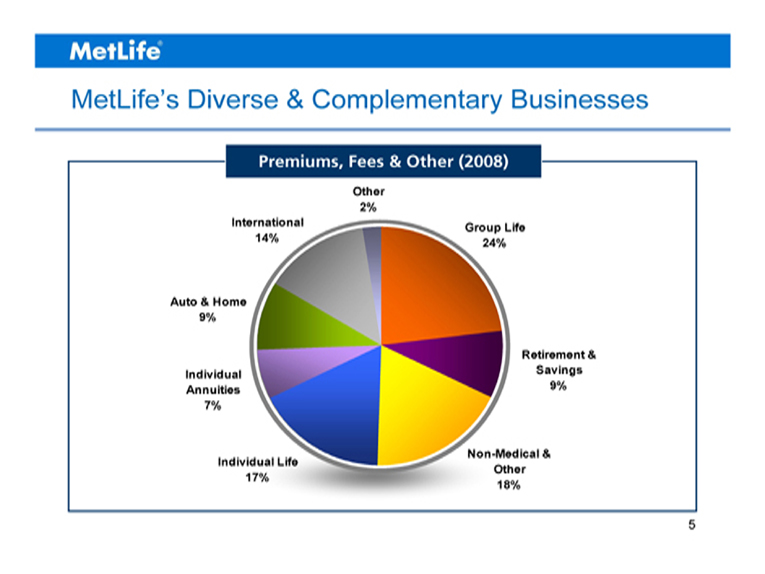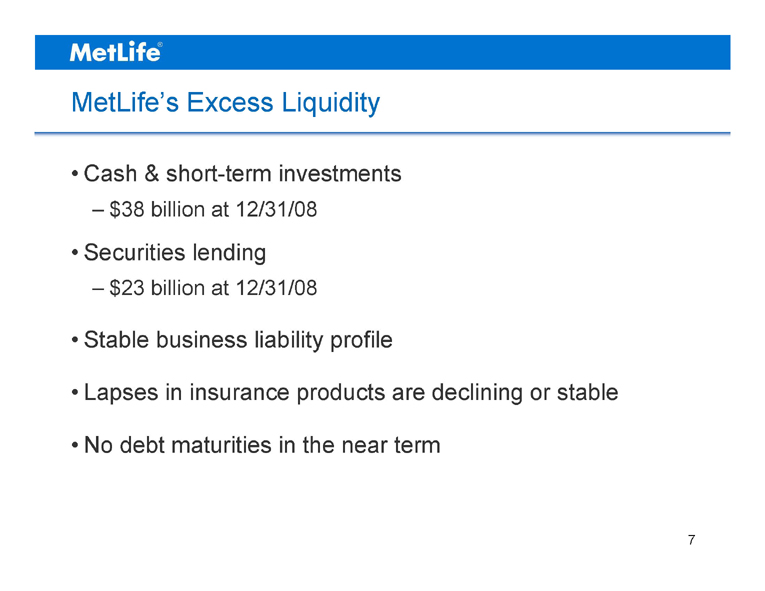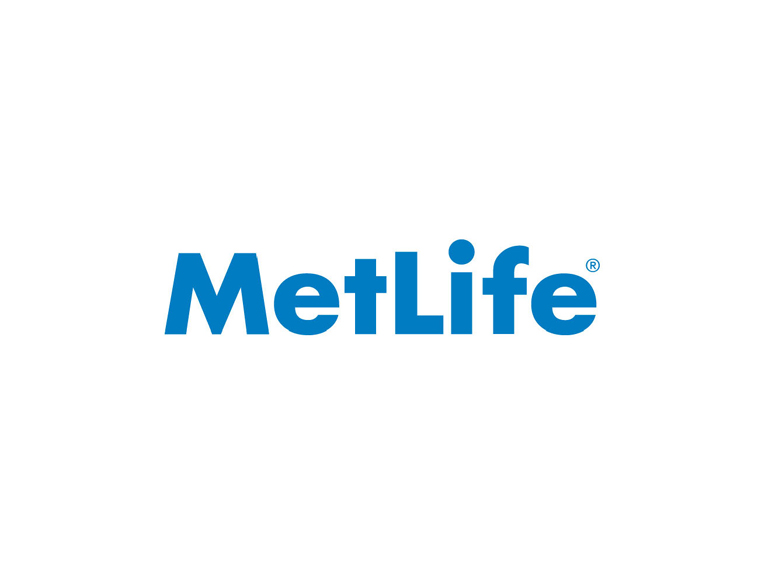| Safe Harbor Statement These materials may contain or incorporate by reference information that includes or is based upon forward-looking statements within the meaning of the Private Securities Litigation Reform Act of 1995. Forward-looking statements give expectations or forecasts of future events. These statements can be identified by the fact that they do not relate strictly to historical or current facts. They use words such as "anticipate," "estimate," "expect," "project," "intend," "plan," "believe" and other words and terms of similar meaning in connection with a discussion of future operating or financial performance. In particular, these include statements relating to future actions, prospective services or products, future performance or results of current and anticipated services or products, sales efforts, expenses, the outcome of contingencies such as legal proceedings, trends in operations and financial results. Any or all forward-looking statements may turn out to be wrong. They can be affected by inaccurate assumptions or by known or unknown risks and uncertainties. Many such factors will be important in determining MetLife's actual future results. These statements are based on current expectations and the current economic environment. They involve a number of risks and uncertainties that are difficult to predict. These statements are not guarantees of future performance. Actual results could differ materially from those expressed or implied in the forward-looking statements. Risks, uncertainties, and other factors that might cause such differences include the risks, uncertainties and other factors identified in MetLife, Inc.'s filings with the U.S. Securities and Exchange Commission ("SEC"). These factors include: (i) difficult and adverse conditions in the global and domestic capital and credit markets; (ii) continued volatility and further deterioration of the capital and credit markets, which may affect the company's ability to seek financing or access its credit facilities; (iii) uncertainty about the effectiveness of the U.S. government's plan to stabilize the financial system by injecting capital into financial institutions, purchasing large amounts of illiquid, mortgage-backed and other securities from financial institutions, or otherwise; (iv) the impairment of other financial institutions; (v) potential liquidity and other risks resulting from MetLife's participation in a securities lending program and other transactions; (vi) exposure to financial and capital market risk; (vii) changes in general economic conditions, including the performance of financial markets and interest rates, which may affect the company's ability to raise capital, generate fee income and market-related revenue and finance statutory reserve requirements and may require the company to pledge collateral or make payments related to declines in value of specified assets; (viii) defaults on the company's mortgage and consumer loans; (ix) investment losses and defaults, and changes to investment valuations; (x) impairments of goodwill and realized losses or market value impairments to illiquid assets; (xi) unanticipated changes in industry trends; (xii) heightened competition, including with respect to pricing, entry of new competitors, consolidation of distributors, the development of new products by new and existing competitors and for personnel; (xiii) discrepancies between actual claims experience and assumptions used in setting prices for the company's products and establishing the liabilities for the company's obligations for future policy benefits and claims; (xiv) discrepancies between actual experience and assumptions used in establishing liabilities related to other contingencies or obligations; (xv) ineffectiveness of risk management policies and procedures, including with respect to guaranteed benefit riders (which may be affected by fair value adjustments arising from changes in our own credit spread) on certain of the company's variable annuity products; (xvi) increased expenses relating to pension and post-retirement benefit plans, (xvii) catastrophe losses; (xviii) changes in assumptions related to deferred policy acquisition costs, value of business acquired or goodwill; (xix) downgrades in MetLife, Inc.'s and its affiliates' claims paying ability, financial strength or credit ratings; (xx) economic, political, currency and other risks relating to the company's international operations; (xx) availability and effectiveness of reinsurance or indemnification arrangements, (xxi) regulatory, legislative or tax changes that may affect the cost of, or demand for, the company's products or services; (xxii) changes in accounting standards, practices and/or policies; (xxiii) adverse results or other consequences from litigation, arbitration or regulatory investigations; (xxiv) deterioration in the experience of the "closed block" established in connection with the reorganization of Metropolitan Life Insurance Company; (xxv) the effects of business disruption or economic contraction due to terrorism, other hostilities, or natural catastrophes; (xxvi) MetLife's ability to identify and consummate on successful terms any future acquisitions, and to successfully integrate acquired businesses with minimal disruption; (xxvii) MetLife, Inc.'s primary reliance, as a holding company, on dividends from its subsidiaries to meet debt payment obligations and the applicable regulatory restrictions on the ability of the subsidiaries to pay such dividends; and (xxviii) other risks and uncertainties described from time to time in MetLife, Inc.'s filings with the SEC. MetLife, Inc. does not undertake any obligation to publicly correct or update any forward-looking statement if MetLife, Inc. later becomes aware that such statement is not likely to be achieved. Please consult any further disclosures MetLife, Inc. makes on related subjects in reports to the SEC. |

































